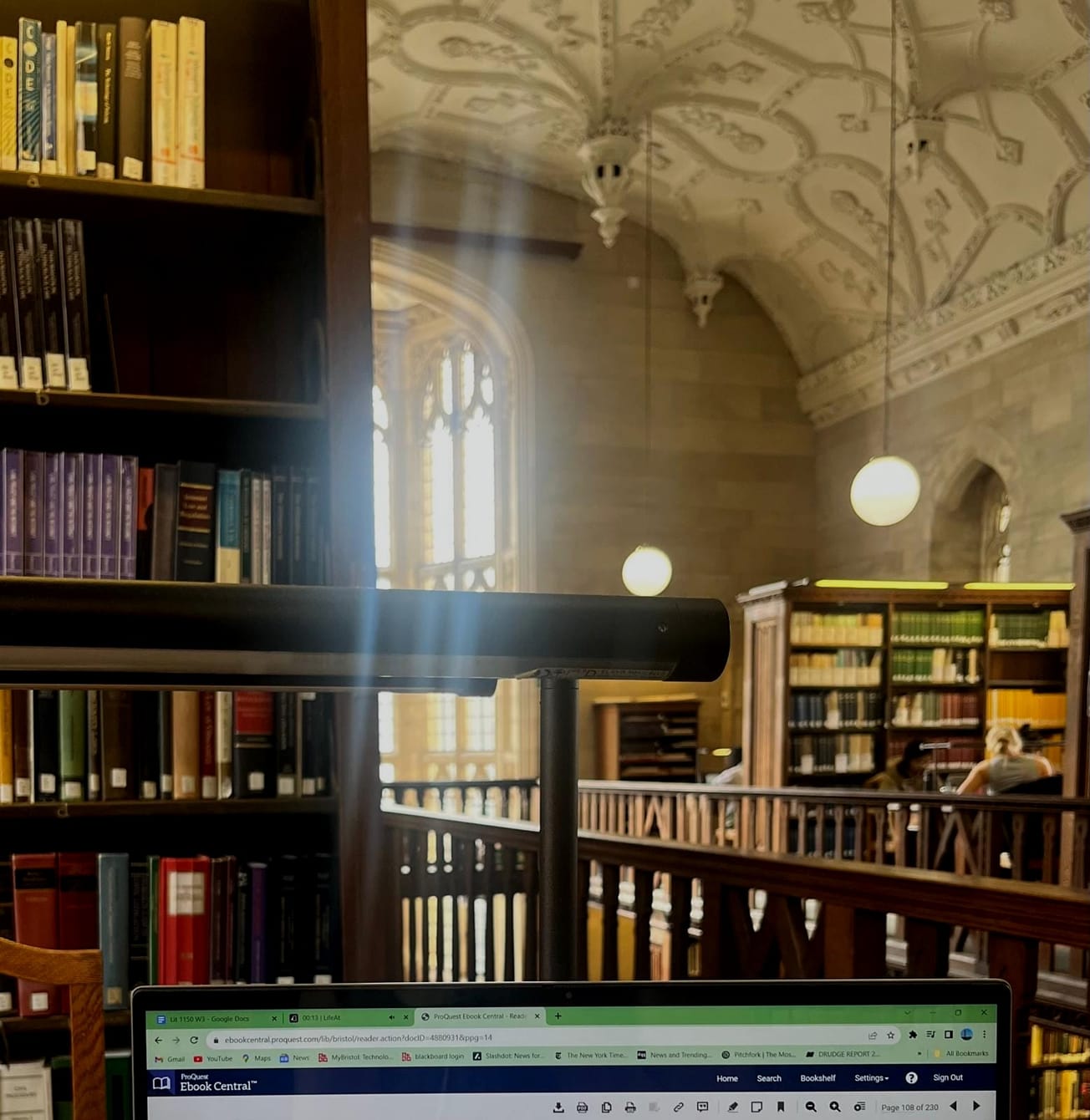Lucy Thompson argues that the press have unintentionally spread the fear that terrorists intend to inflict
Traditional media has more responsibility than ever in the way it reports terrorist attacks. Its purpose is to inform, educate and communicate the experiences of other human beings. Its purpose must not be to terrify, to terrify is to inflict a second attack on the public. In an era of media savvy terrorists, it is imperative that we do not allow them to use media outlets as a mouthpiece to propagate their ideals.
John Kerry received criticism on his diplomatic trip to Bangladesh for stating that ‘the media would do us all a service if they didn’t cover it quite as much. People wouldn’t know what’s going on.’ Kerry isn’t entirely wrong.
The media needs to show restraint and caution when releasing graphic imagery of attacksWhile it is unreasonable to suggest that the public should be kept in the dark about terrorism, the media continues to disseminate sensationalist news stories which scaremonger rather than inform, contributing to terrorist groups like IS’s over- exposure. Profit-driven news outlets feed off of the gory details of each attack to draw the public’s attention, and in return terrorists are able to incite fear on a global scale.
Honest question: On some level, can the #media be considered a form of #terrorism?
— Liverstealer (@Liverstealer) 24 September 2016
Testament to ISIS’s unrelenting desire for exposure and publicity is Mohamed Merah, who killed seven people in Toulouse, who spent his final moments editing and uploading the brutal footage from his Go-Pro. The Quilliam foundation also found that ISIS release 38 cases of propaganda everyday, including documentaries, essays and audio clips. The media needs to show restraint and caution when releasing graphic imagery of attacks; in the case of Nice these images were used in ISIS propaganda and glorified on social media by proponents of extremism.
Michelle Sloane in her article ‘Responses to the Media Coverage of Terrorism’ suggests that there is a proven correlation between media coverage of terrorism and the anxiety of viewers. News outlets repeatedly warn us of the immediate physical threat of ISIS, and rarely consider the effect of unrelenting coverage on the West’s collective psyche.
The media has a responsibility to attack negative stereotypes of Muslims, rather than perpetuate themDoes the public need to be aware of every brutal detail of an attack? Do we need to be exposed to graphic images in order to be informed? There have been a string of false terrorist alarms recently in American airports such as JFK and LAX, where chaos and panic have ensued but without any real threat. These instances show terrorism working, without the terrorists lifting a single finger.
The rhetoric and narrative the media pedals also has to change. The religion of Islam, which has 1.6 billion followers must be separated from the toxic ideologies of terrorist groups. In December thousands attended an anti-ISIS march in London, held by the Husaini Islamic Trust, and there was minimal mainstream coverage. The media has a responsibility to attack negative stereotypes of Muslims, rather than perpetuate them. White mass murderers and shooters are routinely humanised as mentally ill ‘loners,’ such as Jo Cox’s killer, whereas if the person is Muslim, it is immediately an act of terrorism. The narrative of ‘us’ and ‘them’ is toxic and divisive.
Moreover, the media must educate, analyse and provide a level-headed perspective rather than opt for cheap sensationalism that causes people to panic. Who is this unbridled exposure of terrorism in the media serving?
Featured Image: Flickr/ Jon S
Let us know what you think @EpigramComment
]]>







